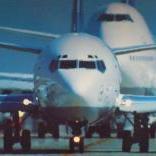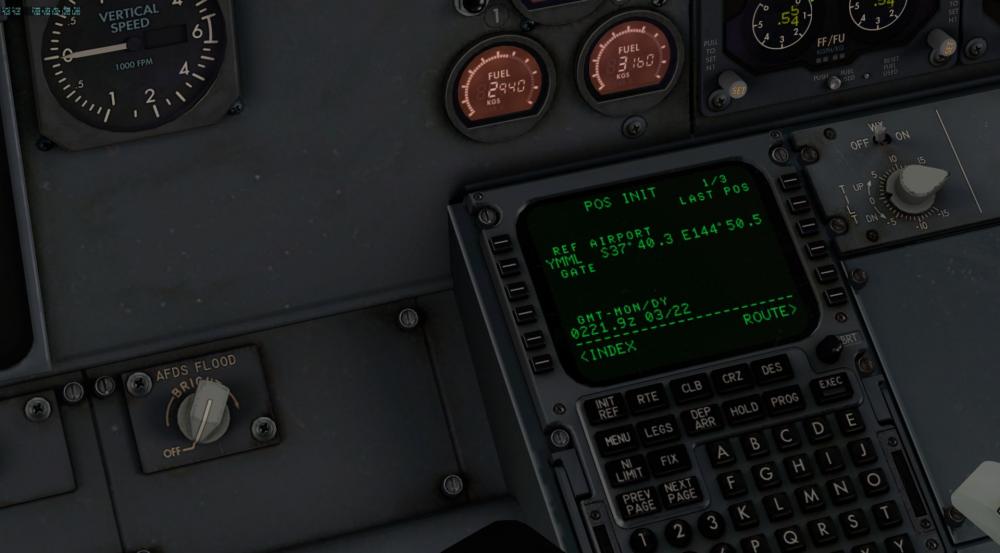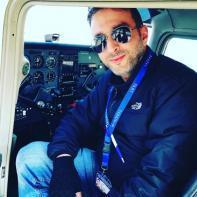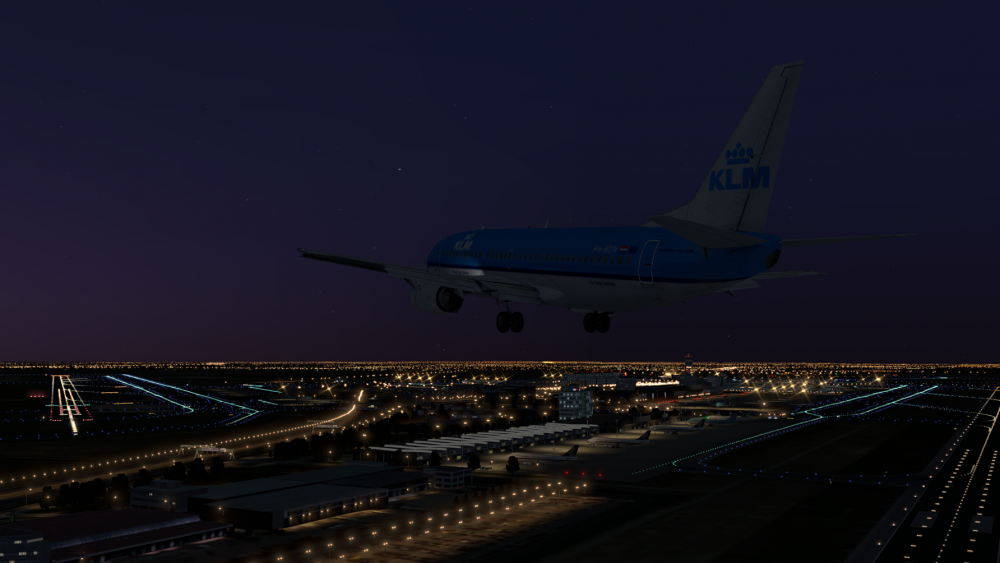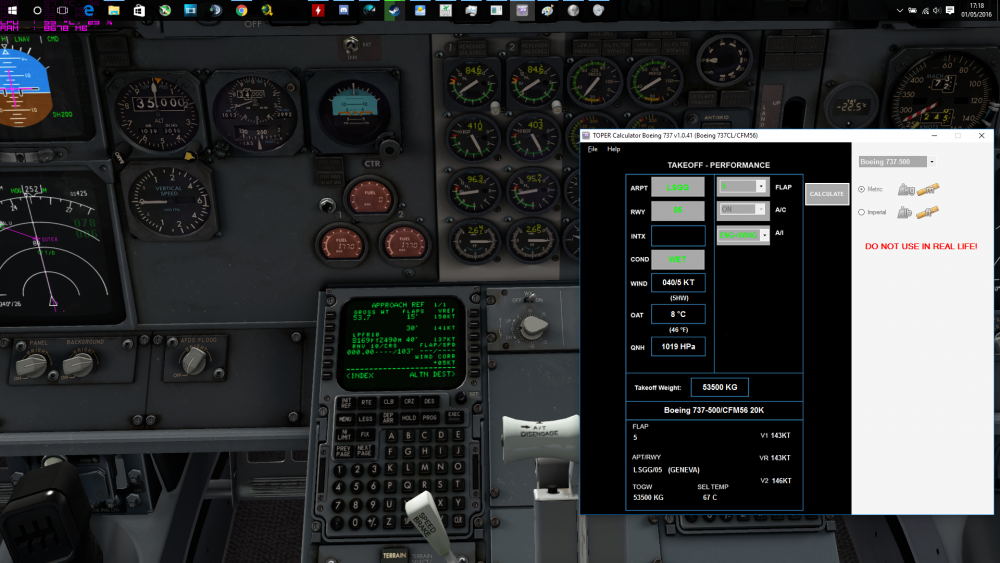Leaderboard
Popular Content
Showing content with the highest reputation on 05/04/2016 in Posts
-
Just want to say that I'm absolutely STUNNED by the work all of you are doing. The quality and number of repaints is just AMAZING!!!I still havn't seen one livery that looked bad.. Last time I counted a few days ago we had about 100 liveries total, now it's many more - INCREDIBLE! And whats also fun is all the "exotic" ones that you rarely see - some I've never even heard of before. And not to mention all the retro liveries that bring back sooo many memories I thought I'd be up to my ears in livery requests right after release - but don't think I got more than a couple and those you have already have taken care of . So thank you all for helping to keep the legend of this magnificent machine alive for many years to come - Have a great and hopefully "bugfree" weekend everyone8 points
-
2 points
-
2 points
-
2 points
-
2 points
-
2 points
-
Checked for "shut down tailwind ILS/LOC" in the X-Plane map? Hit me whenever I enabled it (and forgot about it right away). Flo2 points
-
2 points
-
For me too. I did have some soft crashes with v1.0.0 but never a crashing X-Plane or a CTD. Since 1.0.2 i had no issues! Flying a lot in Switzerland, the Northsea (EDDW, EDDH, EDXW) without problems. Philip2 points
-
2 points
-
Read the FCTM, section on LANDING. Other then that, practice. Don't become too obsessed with "greasing" the landing. The AP will touchdown at 150 fpm or so, that's the perfect rate. The FCTM tells you to "fly the aircraft onto the runway" and "don't allow the aircraft to float in an attempt of getting a smooth touchdown". There's SOOO many more parameters that define a good landing. That's why I've always been against those FPM-meters at touchdown, or those virtual airlines that would grant more points the lower the number... Ridiculous... Oh, and watch this interesting video! https://www.youtube.com/watch?v=UMcXbAmwiNs&index=23&list=PLZIehabHdEOc6RBK0OHDVPP_V6NSgaSky2 points
-
I think they will create an update just for you within the next few seconds... :-) Greetings, Sebastian2 points
-
Received this email today from Tanguy. Awesome photo, so I thought I'd share it (with permission) I'm a B737 pilot with more than 1500h on B737/300/400/500W and wanna congrat IXEG for the amazing product you created. Im Very impresed with the fidelity. Still some minor bugs and fix but its awesome. Attached is a pic for you guys. Kind Regards! Tanguy1 point
-
Southwest Airlines 'Canyon Blue' 737-3H4 N622SW View File Welcome to the first in a series of Southwest 737-300 repaints for the excellent IXEG 737 Classic! This is N622SW, c/n 27932, a 737-3H4 which first flew Mar 12, 1996 and was delivered to SWA Mar 20, 1996. Ship 622 was originally painted in the carrier's original "Desert Gold" livery and repainted into "Canyon Blue" colors in early 2006. She received retrofit winglets in early 2008, which are reflected on this repaint. As yet this aircraft has not received Southwest's new "Heart" livery. To install, unzip into the "Liveries" folder. Submitter Dhruv Submitted 05/03/2016 Category IXEG 737 Classic Livery For Click Here For Aircraft X-Plane Version(s)1 point
-
Hi all, Just wanted to say thank you for all the comments on my promo vid for the IXEG 737 Classic. I had a blast making it :-)1 point
-
1 point
-
The most recent update of ground handling deluxe fixes everything. I currently use it and I don't have any issues.1 point
-
1 point
-
Australian Airlines IXEG 737-300 View File Australian Airlines ( 1980's ) 737-300. Note 1: The Australian font is not 100% Yes I know! It's as close as I could get for now. Note 2: The engines are not white! Go look at airlines if you think I am wrong! Submitter yukonpete Submitted 05/03/2016 Category IXEG 737 Classic Livery For Click Here For Aircraft X-Plane Version(s)1 point
-
American Airlines Old (N678AA) View File American Airlines Old Livery (N678AA) Simply drop inside the liveries folder Enjoy Submitter scubajuan_new Submitted 05/04/2016 Category IXEG 737 Classic Livery For Click Here For Aircraft X-Plane Version(s)1 point
-
1 point
-
Hi Paco, I own the MCP737PRO from CPFLIGHT. I had a testflight a few days ago and I came to the conclusion that the CPFLIGHT MCP is currently NOT 100% compatible with IEXG 737 Classic. But I was able to use the heading, course and altitude knobs to dial in the proper values. The vertical speed dial works too. But at some point (I still have to figure out the reason) the trim wheel of the airplane went crazy and came to an endless spinning loop. I sent a mail to the developers in Italy. They told me, that they have currently no plan to fix this problem. It's a great pity, because flying this superb plane from IEXG together with a hardware MCP is stunning. Kind regards Tom1 point
-
1 point
-
1 point
-
1 point
-
1 point
-
1 point
-
It has to be so, I think Jan explained that in another post already. So basically the Primary Altimeter gets some fancy computer calculations to correct the altitude, while the standby one doesn't (its just static) -> they can divert up to 400ft. Cheers,1 point
-
Hi Xander, I experience the same - but this is attributed to X-Plane´s physics modeling in tight turns. It just bleeds energy very fast...maybe we can tweak the ground model a tiny bit better... But here is my offer - you run that single engine up a bit higher and forget about the cooldown time - and I will pay for all the extra maintenance costs that you will suffer! Jan1 point
-
Reverse sounds will be tweaked a bit for the next hotfix... Jan1 point
-
1 point
-
1 point
-
A pilot lives in a world of perfection, or not at all. -- Richard S. Drury, ‘My Secret War.’1 point
-
this is a bug on the fmc not navdata. it is known already. as you already realized use "next page" current gps aircraft position instead of airport position and you are good to go1 point
-
IT should Tom. this is why we need guys like you, nobody ever thought to try and delete a coroute. -tkyler1 point
-
1 point
-
I've talked to Laminar about this, and it's tricky to say the least. I'm hoping to find a creative away around it for a future update, but can't make any promises yet.1 point
-
1 point
-
I think you are fine with 2, actually - the plane is not small and nimble, so I think that should be fine. Jan1 point
-
Would it please be possible to make these optional if you decide to implement it ? I don't mind at all that some parts don't cast shadows (in fact I didnt even notice:-)) but what I ABSOLUTELY LOVE about the 737 (among other things) is the amazingly smooth FPS I get with this aircraft. I would even go as far to say it's the best performance of any payware aircraft I own (and I own plenty), let alone a complex one like 737. This model has absolutely beatiful FPS and for me high FPS always trumps graphical eyecandy.1 point
-
Hi Jan, this one was a hard one (at least for me) but i "think" i have found the issue! After a while of using X-Plane i noticed the following: these little stops (not the heartbeat every 2 secondes but the ones with more time in between) are not only with the IXEG B733 but also with all other planes. But i did only noticed them annoying with the B733 because of the sound "cracks". Other aircraft with these little "pauses" do play the sound through so i don't noticed them. Now the searching begun! After a lot of trying i did found this for me. If i do enable the "send data to laminar" i get the stutters with "soundcracks" but if i don't enable this, the sim runs smooth without any stutter for me!! @Litjan you said you also have these stutters on your laptop but not on the other machine. Could you check if you do have the following button enabled on the laptop and disabled on the other one? Than we would have proof of my finding!1 point
-
1 point
-
1 point
-
Dude, first of all, you posted in the general part of the forum. Go to the support part for better help. Also, im sure the IXEG team is sleeping or not available right now. Do you also have any plugins? And can you please show us a video of the LNAV and VNAV not working. I've never heard of this error before. You also need to give us more information rather than the LNAV and VNAV aren't working.1 point
-
Oh, I suffer marriage! Just kidding... (in case my wife reads this!)1 point
-
1 point
-
1 point
-
1 point
-
Our updates are generally driven by what customers are asking for, but I don't want to go into details at such an early stage! I do have a couple of new features in mind for a future update already, though.1 point
-
1 point





